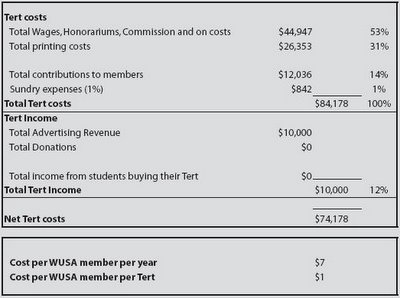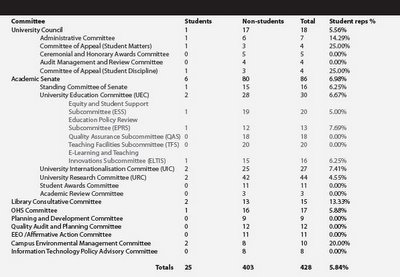Why pornography just doesn’t do it for me anymore
Does porn imitate sex or does sex imitate porn? In much the same way swimsuits have become smaller and skirts more revealing, socially acceptable pornography has evolved from showing breasts and nudity to showing explicit anal and vaginal sex. Over the last forty years, pornography has changed from something largely taboo and underground to a multibillion dollar industry. In many ways, pornography has contributed to broader social change, helping to fuel an underlying social sexual revolution.
The taboo status of pornography is one of the reasons it can be sexually appealing. Even as society becomes more accepting of pornography generally, it is rare, even between partners to discuss individual taste. Accordingly pornography remains popular as an individual sport. At an aggregate level, through a combination of social change, celebrity porn, lax censorship and the internet, pornography has become more accessible. New niches, at first shocking, quickly become commonplace. This acceptance has pushed previous fringe fetishes into the mainstream which, in turn, has opened our eyes to different ways of having sex. In this way it is clear that, to some extent, sex imitates pornography. If pornography promotes sexual change then its important to understand why porn does this and where it is taking us.
It is now possible to find any fetish imaginable with a few clicks. That we watch the sexual fantasies that appeal specifically to us is a clear indication that porn is now more accessible than ever. However, with limited imagination, demand for different types of porn has developed into a demand for different combinations of fetishes. Accordingly for many, it is no longer a turn-on to watch two consenting adults having sex, unless one is an amputee midget, the other is hairy and obese and both of them are women. There has also been an increasing prevalence of violence against women in pornography. If you look for internet porn, you simply can’t avoid seeing forced oral sex and double penetrated arse porn. This culture of violence and male-centric sex, has culminated in teen role models like Ashlee Simpson declaring that they "like it rough".
Perhaps even more disturbing are the sites illustrating the hypnosis and rape of women (I suspect that these are mostly simulated but are worrying nevertheless). Besides a short period in the 70s when even child porn was acceptable, the increase in this disrespectful and aggressive misogynist sex started with dodgy european arse porn and ‘money shots’ in the 90s and has since devolved into the violent and forceful pseudo-consensual rape of women (usually but not always) by men.
Possibly more worrying than the combination of sex, violence and questionable consent in pornography is the increasing prevalence of teenage and ‘young’ participants. Until recently on the internet, there was a clear demarcation between consenting adult pornography and child pornography with almost every website showing disclaimers of "all models are 18+". You knew the kiddie porn was there somewhere, but unless you looked for it, sick porn stayed out of your way. More recently and at an increasing rate, there is a blurring of the line of adulthood, with ‘teen porn’ being mixed seamlessly with ‘mature women’, ‘piss porn’, ‘spitting’, ‘frat party porn’, ‘pregnant porn’ or an almost infinite number of random and weird fetishes. Internet porn has moved from a morally questionable situation where the ‘barely 18’ woman showing off her tackle was acceptable for dirty old men to look at and the child that is a week younger was not acceptable, to a morally questionable (but increasingly more socially acceptable) situation where ‘the younger the better’ mentality has become the norm. This transition is illustrated by the hypocrisy in our media and television tearing chunks out of teachers having sex with 16 year old schoolgirls and then making sex-symbols of 16 year-old actresses on Home and Away. A situation when it is acceptable for (G) rating television like Neighbours to show an adult actress portray a 16 year-old in a bra but films like Ken Park are censored, not because they show actual underage sex but because the adult actors portray teenagers having sex.
Due to the advent of the internet and the prevalence of digital cameras and video cameras, the supply side of pornography has become less professional and more accessible, with everyone from random slappers to Paris Hilton (I tried to create a distinction, I really did) having a stab. In addition to ‘stars’ having sex on film there are now serious films like Anatomie de l'enfer (Anatomy of Hell) and Baise Moi (Fuck me) where porn stars like Rocco Siffredi and Raffaëla Anderson have turned tried their hands at acting. By blurring the lines of pornography and film, celebrity and amateur porn has bridged a psychological gap between accessible porn and accessible sex, between professional pornography where other people have sex in weird ways and the way we have (and expect to have) sex.
Seemingly each generation learns about sex earlier than the last and by parents’ wanting to save their child from sex (or themselves from the sex talk), they invariably miss the boat and kids end up learning about the birds and the bees by watching pornography. As a by-product, the way that sex is portrayed in pornography is then replicated in the attitudes and actions of teenagers and the adults they become. When their pornographic perceptions of sex become the default for their sexual expectations and the fumbling realisation of those fantasies don’t come to fruition, they try different things and seek new perfect(ly dirty) partners.
The increasing trends towards violence and pedophilia in pornography signals an upcoming social problem where otherwise unacceptable sexual behaviour incrementally becomes normalised and society has fewer issues with violence against women and sex with children. I have no issues with consensual adults having sex and filming it but the pornography of today just doesn’t do it for me anymore.




